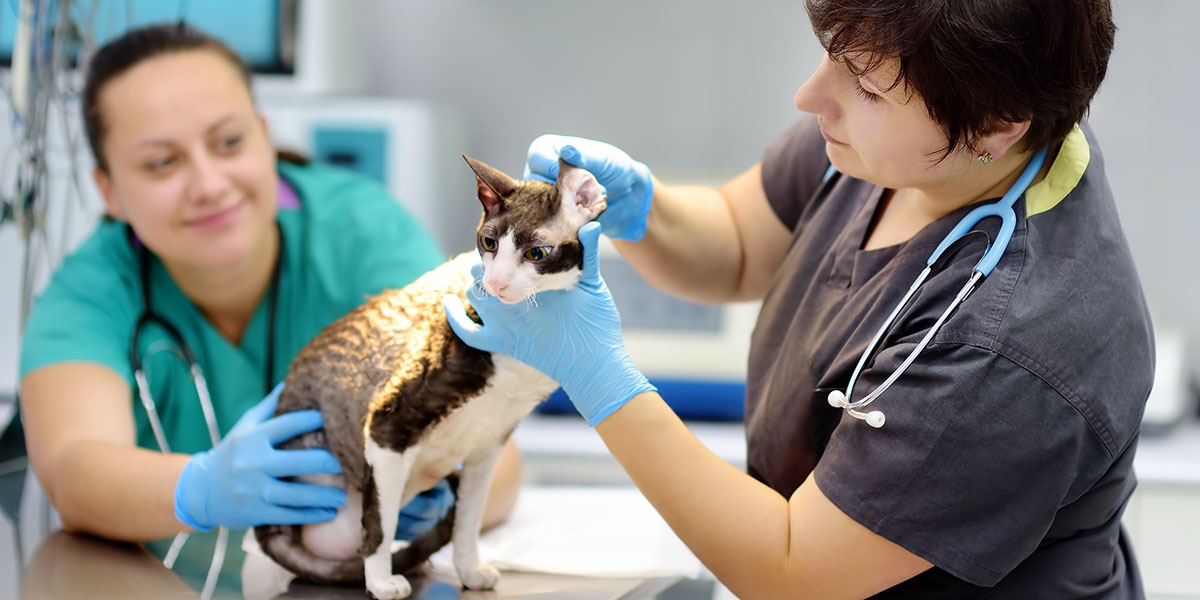The AVMA has long endorsed the concept of pet insurance as a financial tool to help clients afford timely and valuable veterinary services. However, on August 2nd, 2019 the AVMA’s volunteer House of Delegates (HOD) went a step further, amending the AVMA policy on pet health insurance to encourage practicing veterinarians to discuss pet health insurance with clients.
The revised policy now reads:
The AVMA endorses the concept of pet health insurance that provides coverage to help defray the cost of veterinary medical care and encourages veterinary healthcare teams to proactively educate their clients about the existence of such resources. The AVMA recognizes that viable pet health insurance programs may be an important approach for the veterinary profession to continue to provide high-quality veterinary services.
NAPHIA’s State of the Industry report showed that in 2018, 2.3% of dogs and 0.4% of cats were covered by pet health insurance. A lack of awareness and understanding of insurance among pet owners is a key driver for the relatively low enrolment rates of pet insurance in both the U.S. and Canada.
Huge Potential Impact on Veterinary Practice
The change to the wording may seem small, but veterinary endorsement of pet insurance in the clinical setting is proven to have a huge effect on a hospital’s bottom line. NAPHIA’s comprehensive research among pet owners showed that clients spent 29% more per year on veterinary care if their dog was covered by pet health insurance, and 81% more on cats.
“Pet health insurance definitely affects the way patients get treated”, says Steve Shell, Chair of NAPHIA’s Veterinary Relations Committee and Executive Vice President of Petplan Pet Insurance.. “With insurance, it’s so much easier for clients to accept the treatment the veterinarian recommends.”
Corroborating research conducted by the AVMA showed that pets with pet insurance get more veterinary care than those without. Studies also show that pet owners are more likely to have pet insurance if it is brought to their attention by their veterinarian.
Dr. Wendy Hauser reinforces that this is a positive move for the veterinary profession for numerous reasons. “By formalizing the concept of proactively educating clients about pet health insurance, the AVMA has elevated pet health insurance to the level of an important clinical recommendation benefitting veterinary teams, pet owners and pets.”
As AVP, Veterinary Relations, Crum & Forster Pet Insurance Group and an adviser on NAPHIA’s Veterinary Relations Committee, Hauser says that pet health insurance enables clients to say yes to clinical recommendations that help keep their pets healthy. “This is a great thing for veterinary teams as it reduces client economic limitations, a primary cause of veterinary professional burnout. Pet health insurance increases client bonding to veterinary hospitals by lessening the financial limitations and stress clients face when making health care choices for their pets. Undoubtedly, it is a wonderful tool for pets to receive needed veterinary care. Finally, when owners of insured pets accept veterinary recommendations, it increases patient visits and hospital revenue.”
Veterinarians Have a Pivotal Role to Play
NAPHIA research has also indicated that 50% more pet owners would purchase pet health insurance if their veterinary teams proactively recommended it. However, practices need to go further than laying out a stack of brochures in the waiting area: clients need and actually want specific communication that veterinarians and their teams endorse the concept of pet health insurance.
Being Proactive – Where to Start?
For busy practitioners and veterinary teams, there are a host of ways to get started when it comes to integrating pet insurance into the practice: The AVMA has a host of resources available to help veterinarians speak to clients about pet insurance:
- Do you need pet health insurance?
- Practices share top 10 ways to promote pet insurance
- CE webinar: Pet insurance – Better care and practice outcomes

